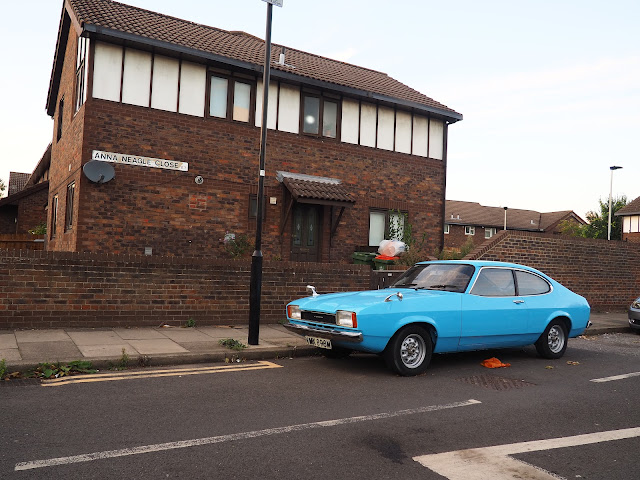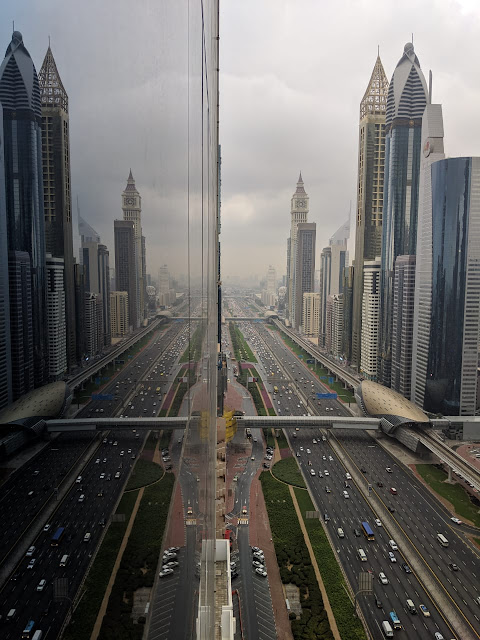We know that all great enterprises, not least great walking enterprises, contain elements of danger and absurdity. Even so, walking 4000 miles from Spain to Qatar, for the World Cup does seem to be asking for trouble.
But that 4000 mile walk is what Santiago Sanchez (that's him above on the right) is doing, or at least was doing, and let’s hope he’ll soon be in a position to continue doing it.
In fact that route does look, in some sense, ‘walkable.’ Google maps suggested this way if going by car but says ‘Sorry, we could not calculate the walking directions.'
As you will see, it doesn’t require going through Iran, but it seems that Sanchez took a detour there and he ‘disappeared’ at the beginning of October, which in modern parlance means that he stopped posting on Instagram: the last one was dated October 1st.
It now appears that the detour took him to the grave of Mahsa Amini, the young woman whose death in police custody gave rise to the current anti-government protest movement in Iran.
Credible sources now suggest that Sanchez was arrested at the graveside by security forces and is being held in a detention centre in Sanandaj, capital of Kurdistan Province in western Iran, a fine-looking place if you're not in a detention centre.
Last week Sanchez's mother, Celia Cogedor, told The Associated Press that she’d heard from the Spanish foreign ministry that there was 'a 99% chance he (was) arrested.’ 'We are filled with hope,' she added.
It seems a strange state of affairs when you’re hoping that your boy is incarcerated in an Iranian prison but I’m sure we all feel the same way, considering the alternatives.
My hopes are with him and his mother, and indeed with all walkers who like their walking to contain risk, even if I myself am a complete wimp in these matters. Walk on brother. Enjoy the football when you get to Qatar.







































